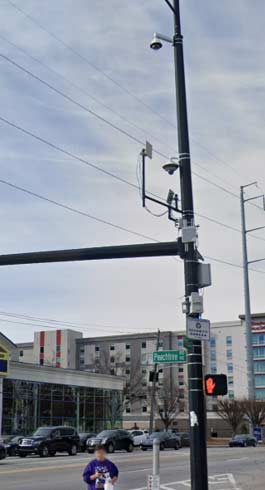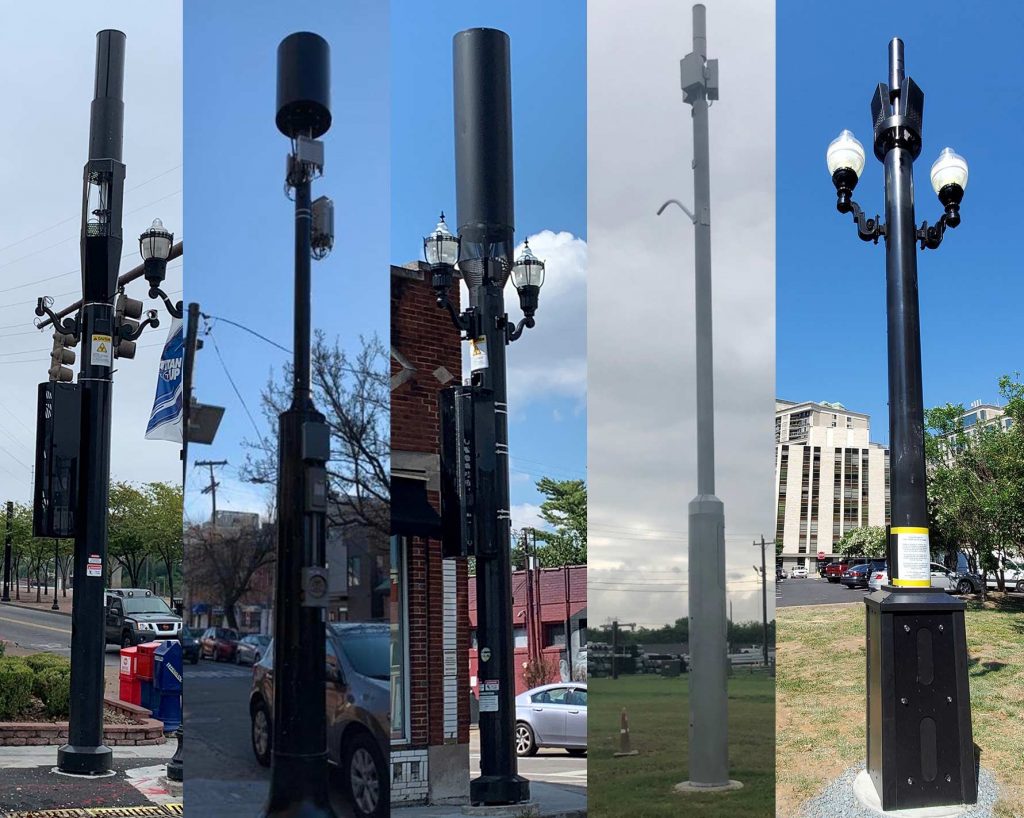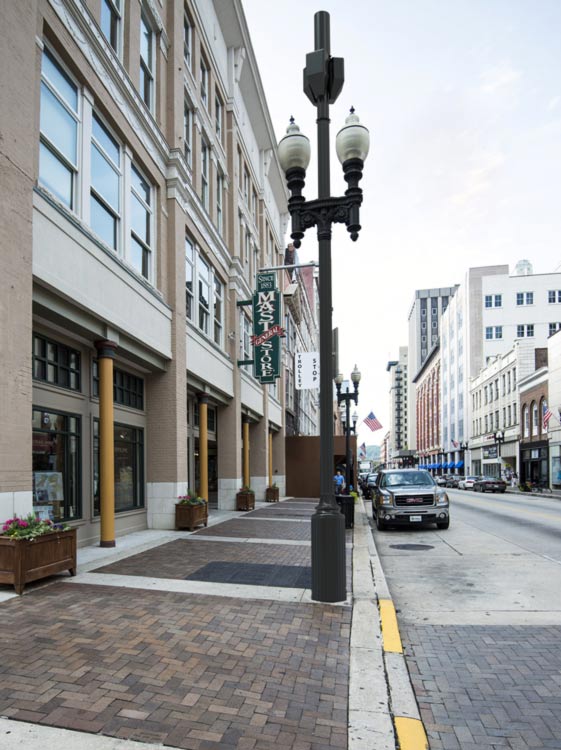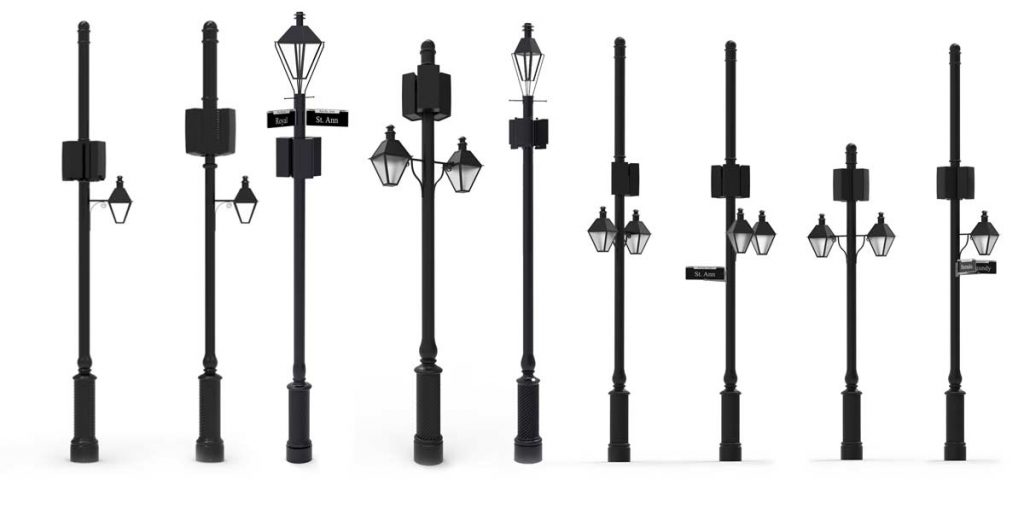CHALLENGES & SOLUTIONS
CHALLENGES & SOLUTIONS
Deploying infrastructure equitably is hard, no-one understands that better than us. That’s why we take the empty canvas that is your urban streetscape so seriously. Smart City and 5G infrastructure deployments should be careful and considerate, not heavy handed and sloppy. Here at Toro we take a holistic approach to the deployment of these technologies to better help your citizens, putting you first by creating solutions that work for communities and carriers alike.
Deploying infrastructure equitably is hard, no-one understands that better than us. That’s why we take the empty canvas that is your urban streetscape so seriously. Smart City and 5G infrastructure deployments should be careful and considerate, not heavy handed and sloppy. Here at Toro we take a holistic approach to the deployment of these technologies to better help your citizens, putting you first by creating solutions that work for communities and carriers alike.
Our design approach is iterative and holistic, working with the community, the municipality, and the carriers to develop solutions that work for every party involved.
CITIZENS & RESIDENTS

Smart City & 5G installs shouldn’t bring stress, fear, or clutter to communities.
Citizens and Residents are increasingly concerned about the changes brought to livable areas. The introduction of a wide variety of types of telecom poles and installations, on and around sidewalks and public areas, lacking cohesion and integration, drive clutter and anxiety. The concerns grow with the addition and weight of wires, antennae and sensors on existing utility poles and as new poles pop up in walk spaces, crowding both the pedestrian landscape and the viewshed. The look and feel of cities are altered with limited local input.
Smart City sensor arrays don’t have to be scary and out of place.
RIGHT OF WAY (ROW) RIGHTS
Through a more holistic approach to Smart City and 5G deployments in the ROW, Toro enables Cities and smart infrastructure deployments to work in lockstep, not as opposition to each other.
Carriers, Operators and Infrastructure providers have rights to deploy in the ROW which have been strengthened by the push for 5G coverage. The zoning mechanisms in place traditionally concerned large installations on private property, reviewed through zoning boards and with public comment. FCC mandated rights prescribe that municipalities expeditiously address carrier applications.

*Your 5G Small Cells, and Smart City installs don’t have to look like this.
MUNICIPALITY RIGHTS

Street level technology should be beautiful and integrated, as well as innovative.
Cities can and do impose restrictions or guidelines in the areas they have under their purview: siting and esthetics. While federal guidelines don’t allow local government to prevent installations, they do allow them to control what they look like and where they are located, to some extent, through local ordinance and guidelines. Where municipalities have fewer levers to pull, they tend to exert more force.
LISTENING TO THE COMMUNITY
Smart City & 5G installs should improve lives, not detract from them. By engaging the community first, not as an afterthought, we ensure a more equitable distribution of the technology that helps our fellow citizens.
A consistent set of concerns has bubbled up from the waves of unease we’ve heard through zoning hearings, municipality meetings and resident associations: Does this small cell belong not only right on this spot, but also in the fabric of the city; what is the total impact to our city beyond just this pole; can we have advanced technology without changing the fabric of our community?
Municipalities have addressed these concerns by seeking to limit the overall growth of new poles and by proscribing design consistency on new installations throughout key sectors of their cities.
Solutions can and should meet the desires of carriers and still address the concerns of residents, locals, business groups and preservationists. How should that come about?

By utilizing an iterative, community centered design approach, we ensure deployments make sense for every party they affect.
STAKEHOLDERS
By involving the citizens who make up the communities we work in we ensure deployments are equitable and sustainable, giving the citizens a voice around the implementation of the infrastructure they interact with every day.
Stakeholders should include not just the utility and public works departments, but also the historic societies where applicable, business and resident groups, in the design process. Including everyone in the early planning phase ensures buy-in beyond just participation and real say and ownership in the outcome. Design and propose things that people want.
Municipalities can and should craft design guidelines that are fair and are applied consistently, with appropriate levels of control. By, for example, setting standards for industrial areas that differ from residential areas and allowing speed and ease of deployments for carriers where it does not butt up against concerns for preservationists. Where historic areas are involved, utmost care should be taken to preserve the nature of neighborhoods and include insights from experts in the design phase, rather than simply giving them veto power.
If a programmatic approach can be taken so that all concerned parties know that they are part of the process and have a fair voice then patience and prudence can prevail. The result can be a neighborhood that everyone can be proud of – because they participated in making it a reality.

